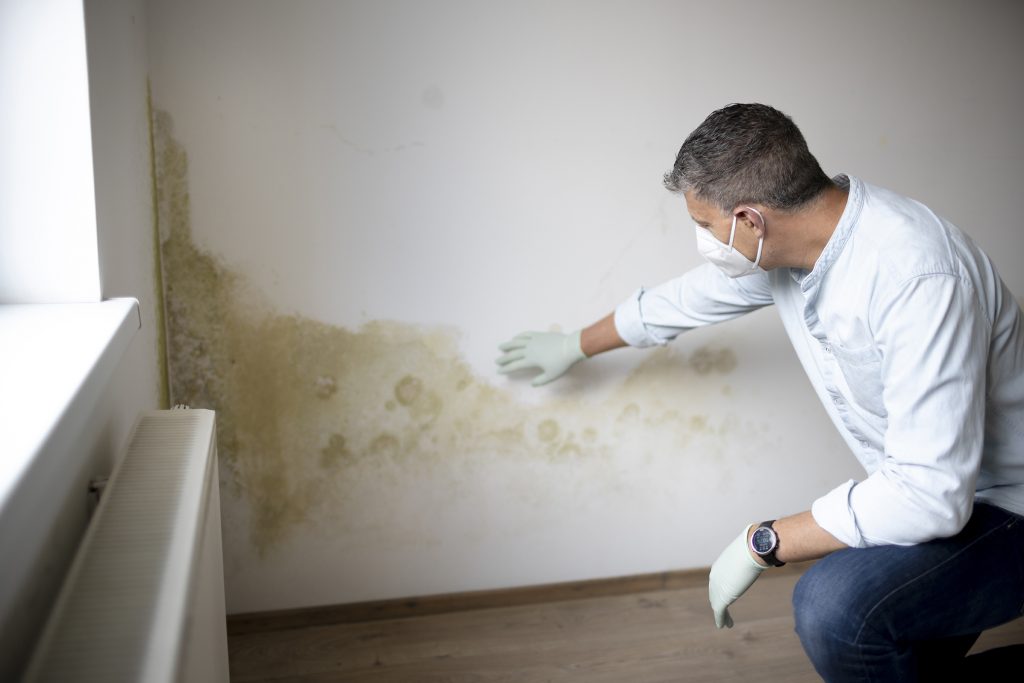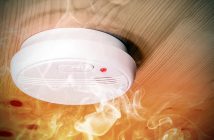Cyclones and floods are usually associated with excess moisture, long periods of heat and humidity, and pooling of water – factors that all help create a favourable environment for mould
When returning to a flood-affected house or building, dry it out quickly by opening all the doors and windows. If
possible, use fans, or air-conditioners on dry mode, to speed up the process. If the roof space was flooded, it
also will need extra ventilation to speed up the drying process.
Porous items that can’t be easily cleaned and have been wet for more than two days should be thrown out. This includes items such as mattresses, carpet, leather goods and ceiling insulation.
Moisture control is an effective method for controlling mould growth. In high rainfall areas, this is difficult to achieve, but other factors – such as leaky plumbing, roofs and other fixtures should be repaired as soon as possible. If repainting walls or other hard surfaces prone to mould growth, anti-mould solutions can be added into paint to help minimise mould growth. Ask your painter or hardware supplier for details.
Plants and bushes growing on or close to outside walls help to hold in moisture and promote mould growth. Try to clear plants, bushes and soil away from walls.
Cleaning mould from surfaces
Sometimes mould is easy to see because of the colour it causes on walls, ceilings and other surfaces. However,
sometimes mould may not be easy to see, but can be detected by a musty, unpleasant odour.
Abrasively cleaning mould from a surface, such as with a dry brush, is not recommended as this could release spores into the air which may affect health and spread mould to other areas. There are many products which kill and remove mould from walls, floors and other hard surfaces. Household cleaning agents or detergents can do an effective job if used correctly, as can white fermented vinegar cleaning solution.
The use of bleach may not be effective in killing mould on porous surfaces. However, bleach will help to minimise other disease-causing organisms that may be present because of contaminated floodwaters. The
mixing of cleaning agents is not recommended, for example, mixing bleach and ammonia can produce toxic fumes.
Items that can be washed, such as stuffed toys and linen, should be washed as usual. If in doubt, take the item to a professional cleaner or throw it out in accordance with your local government’s waste disposal methods.
Non-porous items such as glassware and some plastics can be washed in hot water with a bleach solution or with a good quality disinfectant and air dried. If using a dishwasher, clean and disinfect it first. Do the wash using a full cycle and hot water.
Protecting yourself
Wearing good quality rubber gloves while sorting and cleaning mouldy items will protect the hands and nails from coming into contact with mould. You can protect your eyes by using safety goggles with closed-in sides.
If your clean-up is big or if you have a pre-existing respiratory condition, try to obtain a P2 disposable respirator. Unlike conventional dust masks that only provide protection against large particles, these masks protect against microscopic spores and bacteria. Be sure to follow the manufacturer’s instructions and fit the mask properly. Wear protective clothing that can be disposed of or easily washed.
By reducing mould and by taking precautions when removing mould, you can help reduce the risk of mould-related health problems.
Queensland Government










